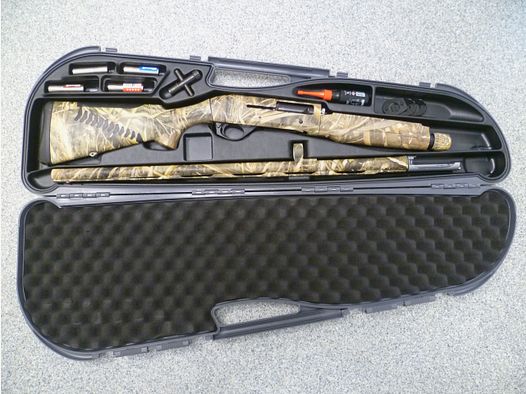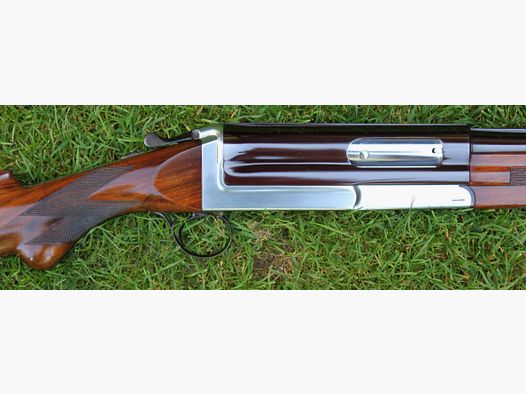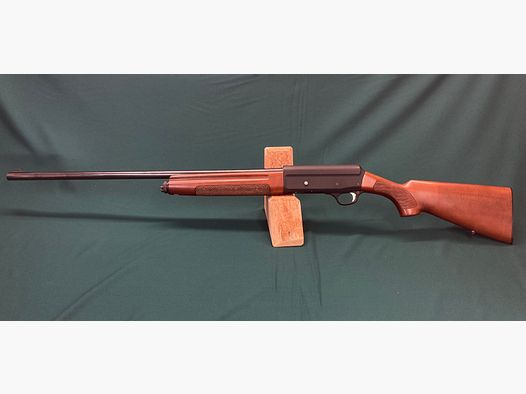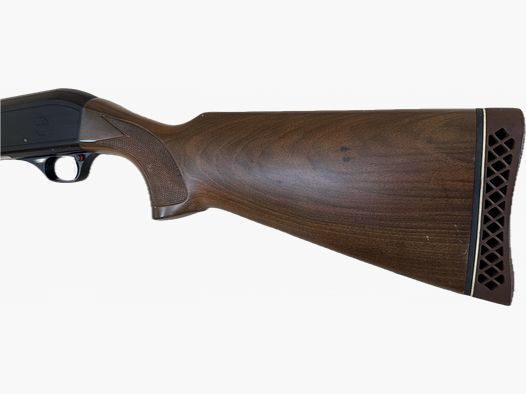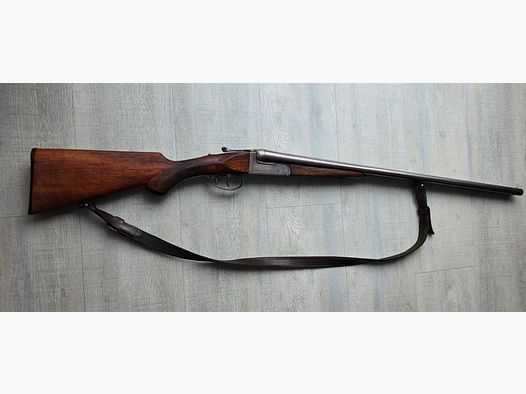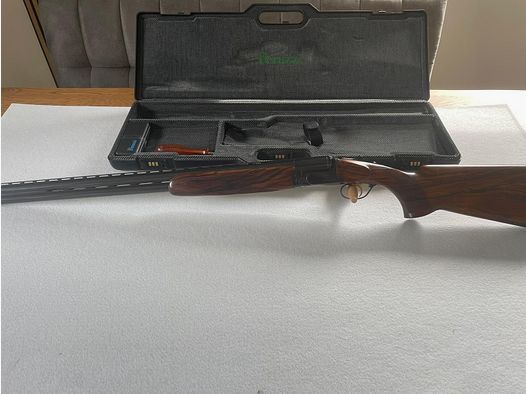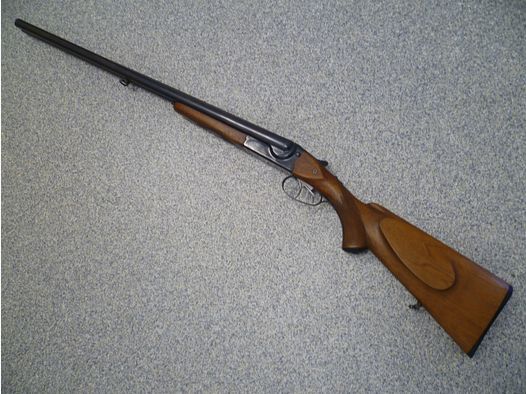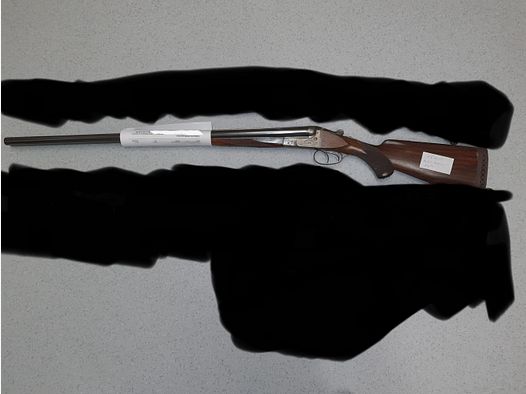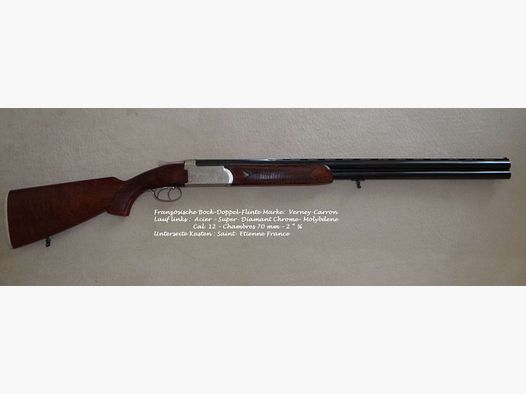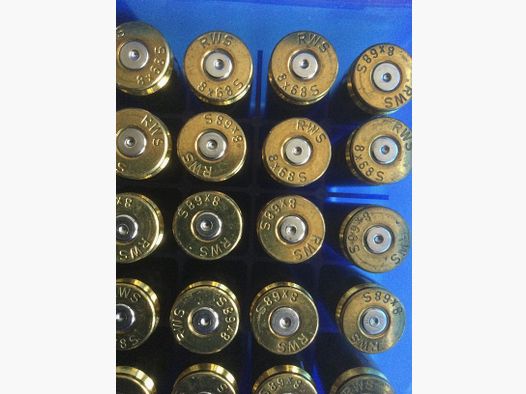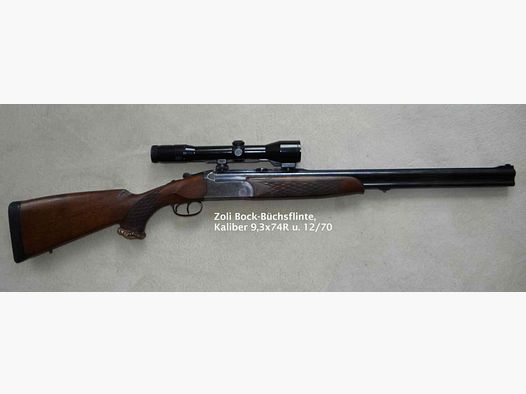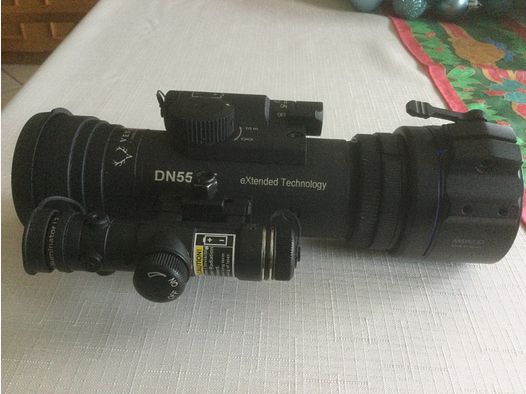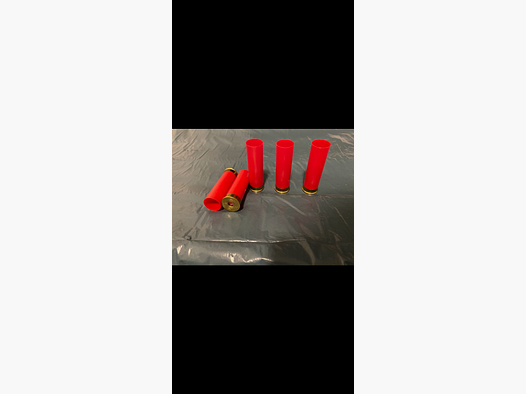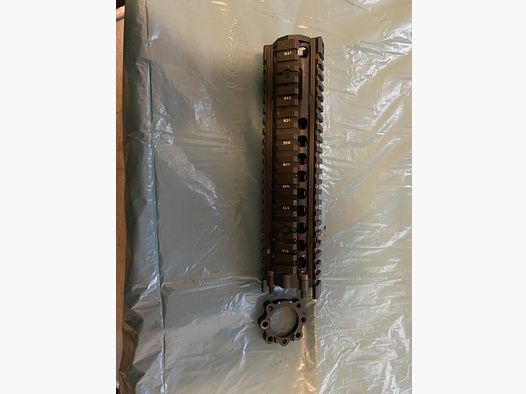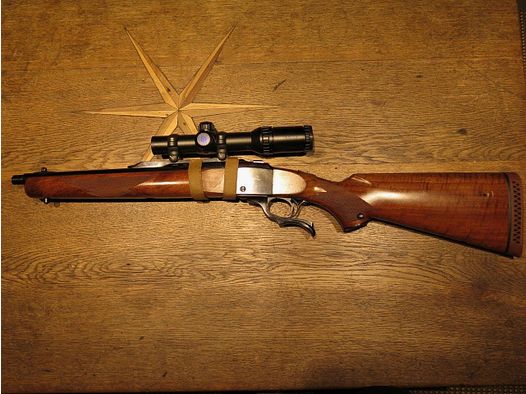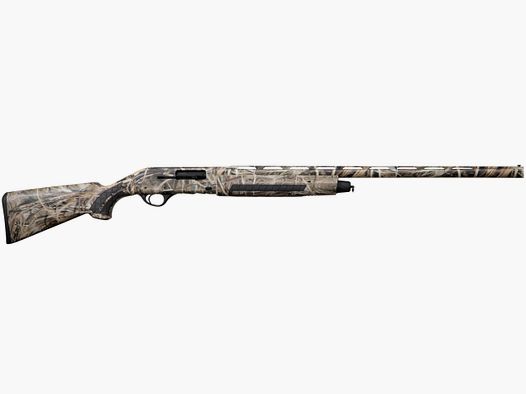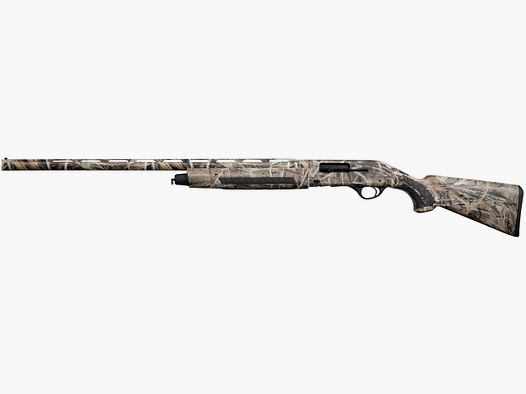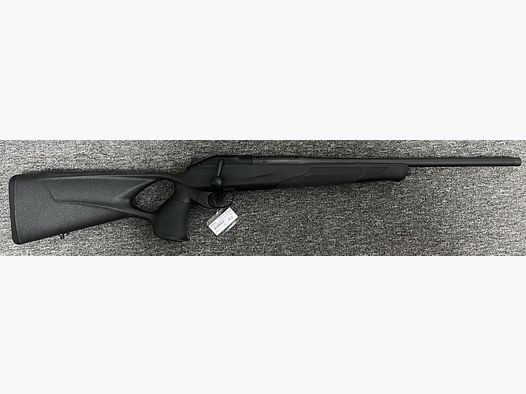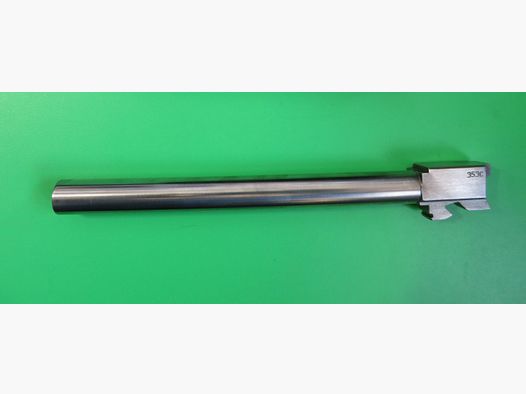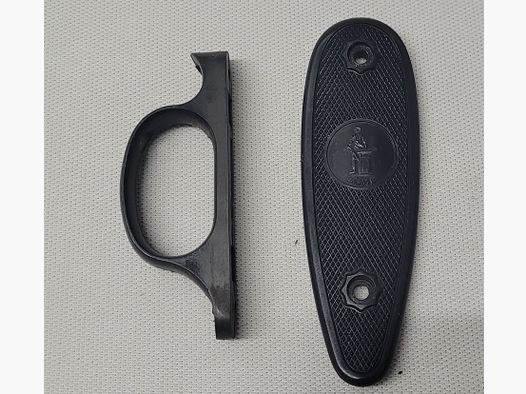The crow hunt has become increasingly popular in recent years and makes an important contribution to wildlife management. The greatest danger to hares, pheasants, and others comes from the air. Nests often fall victim to the extremely intelligent crows. It is their cognitive abilities and learning capacity that make crow hunting one of the most challenging local hunting types. While initial hunting success may occur, it is quite possible that the crows learn from the hunter's mistakes and see through his methods.
Below we describe the most important criteria for sustainable hunting success.
Decoy Setup
The decoy setup consists of several crow decoys, the proverbial lures. More is more! One should not skimp on the decoys; at least ten should definitely be set up, but 20-50 decoys are better. Professionals recommend matte black flocked full-body crows because they look the most realistic. Too small decoy setups are usually ignored by crows, and poor decoys are avoided. The distance to the camouflage screen should be 20-30 meters. The further the decoy setup is from the screen, the lower the likelihood that the hunter will be detected by the crows; however, beyond 30 meters, it is unrealistic to achieve ethical hits due to the small size of the birds.
Camouflage
Crows have excellent eyesight, which is why camouflage is of great importance. The use of a camouflage screen is essential, but it should be as small and inconspicuous as possible to avoid attracting the crows' attention. Of course, it should also be color-matched to its surroundings. However, for these demanding game species, camouflage involves much more: the hunter's car should be out of sight - even from a bird's-eye view - because the intelligent birds quickly associate the sight of the car with the danger posed by the hunter.
In contrast to other game species, crows can also recognize colors and conspicuous patterns - even a visible tip of a signal color on the collar or sleeves, such as from clothing designed for driven hunts, can ruin hunting success, just like colorful cartridge boxes lying around. The hunter himself should even camouflage his face, hands, and shotgun.
Correct Shot Size
Professionals recommend a shot size of less than 3 mm. Crows are relatively small, and the coverage of coarser shot is lower - with coarser shot, a crow might only be hit by one or two pellets, which would not be a fatal hit - and therefore not ethical. The lower the shot size, the denser the coverage.
Crow Calls
These are only a supplement to the decoy setup; however, this "works" only when crows are within sight. If this is not the case, they can be attracted by imitating crow sounds.
Finally, in crow hunting, the saying goes, "The early bird catches the worm" - setting up the decoy and camouflage screen, camouflaging oneself, and being ready before observing crows makes it necessary to be prepared even in the dark. Since crows are very intelligent, the shooting of other crows should not be observed by them, so that there are still prospects for success in subsequent hunts.



